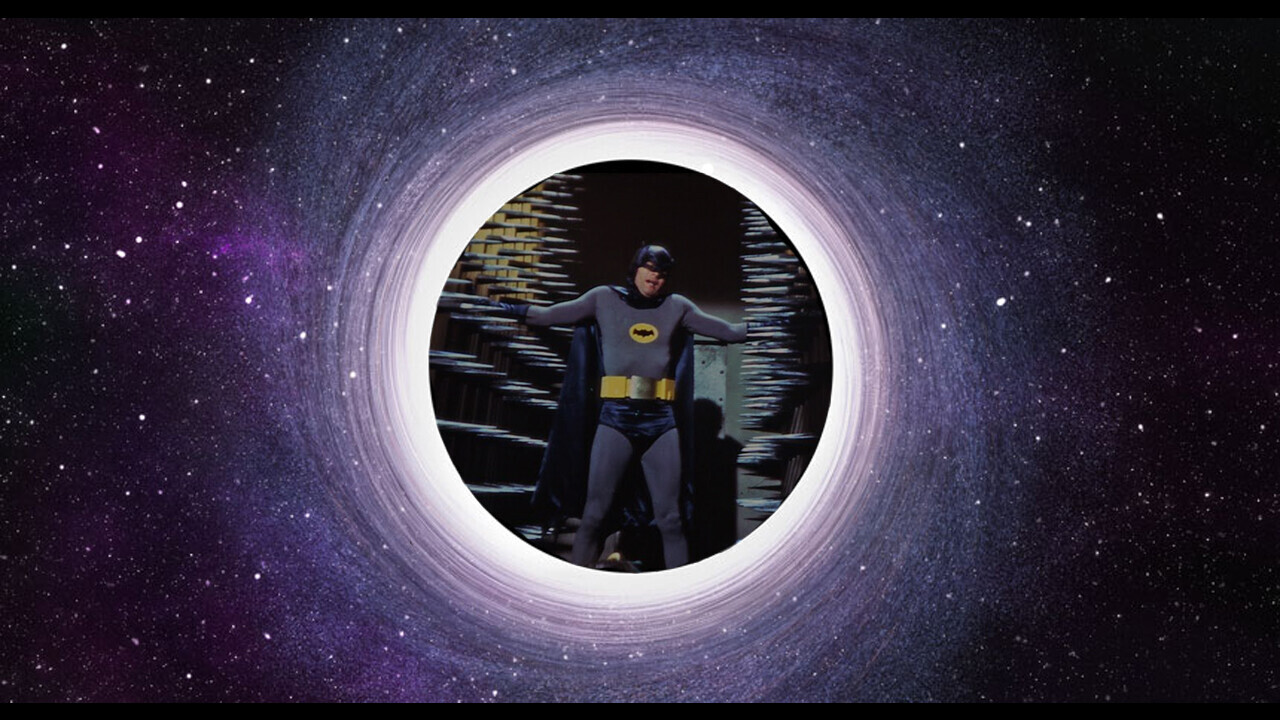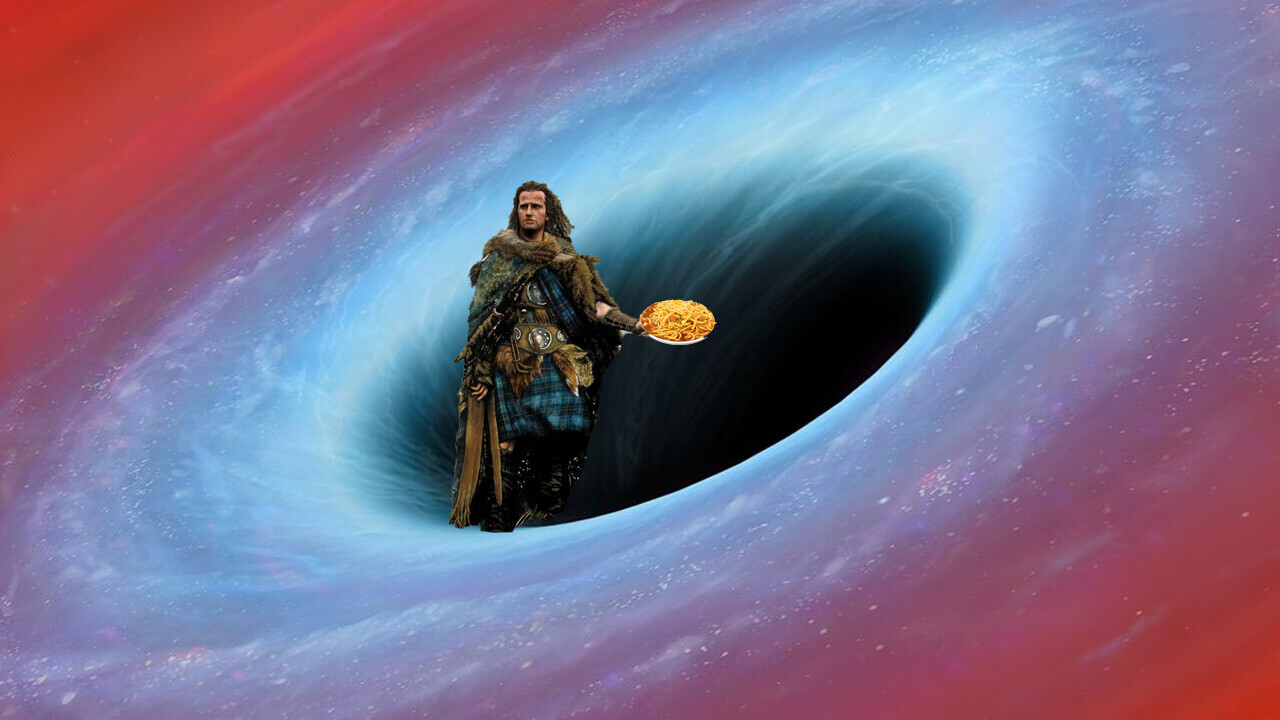All Articles for
Singularity
A gravitational singularity or spacetime singularity is a location where the quantities that are used to measure the gravitational field become infinite in a way that does not depend on the coordinate system. These quantities are the scalar invariant curvatures of spacetime, which includes a measure of the density of matter. For the purposes of proving the Penrose–Hawking singularity theorems, a spacetime with a singularity is defined to be one that contains geodesics that cannot be extended in a smooth manner. The end of such a geodesic is considered to be the singularity. This is a different definition, useful for proving theorems. The two most important types of spacetime singularities are curvature singularities and conical singularities. Singularities can also be divided according to whether or not they are covered by an event horizon (naked singularities are not covered). According to general relativity, the initial state of the universe, at the beginning of the Big Bang, was a singularity. Both general relativity and quantum mechanics break down in describing the Big Bang, but in general, quantum mechanics does not permit particles to inhabit a space smaller than their wavelengths. Another type of singularity predicted by general relativity is inside a black hole: any star collapsing beyond a certain point (the Schwarzschild radius) would form a black hole, inside which a singularity (covered by an event horizon) would be formed, as all the matter would flow into a certain point (or a circular line, if the black hole is rotating). This is again according to general relativity without quantum mechanics, which forbids wavelike particles entering a space smaller than their wavelength. These hypothetical singularities are also known as curvature singularities.

